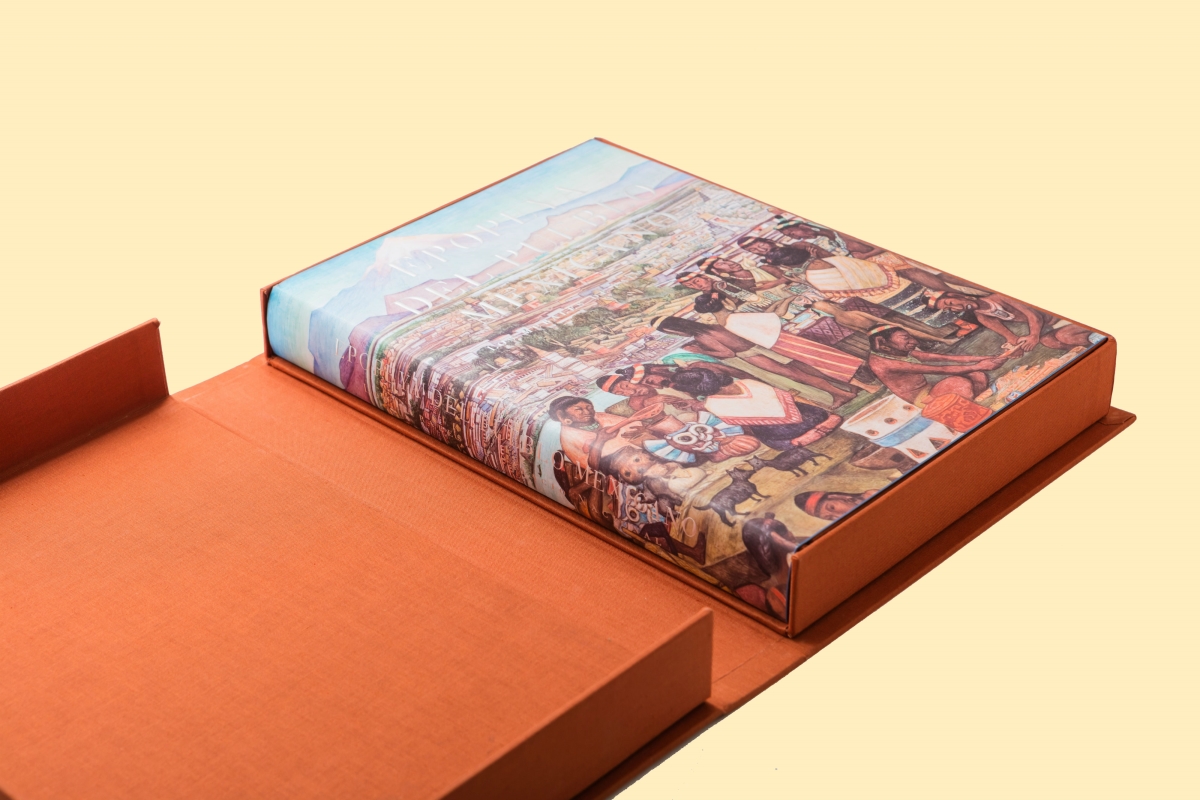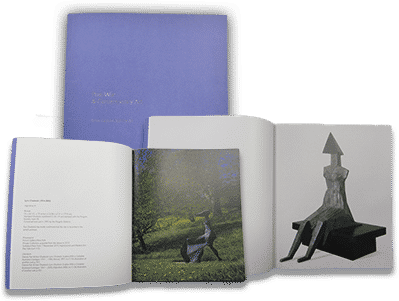Ways to Select the Right Paper for Your art book
Ways to Select the Right Paper for Your art book
Blog Article
Discover the Crucial Overview to Art Book Printing for Aspiring Artists and Publishers
As an aspiring artist or author, understanding the nuances of art book printing is necessary to bringing your vision to life. What are the key components you should focus on to produce a sensational art book that truly represents your work?
Understanding Various Types of Art Books
When you dive right into the globe of art publications, you'll promptly discover that they can be found in numerous kinds, each customized to various imaginative expressions and audiences. Coffee table books commonly display magnificent visuals, perfect for casual surfing, while essays dive deep right into a specific musician's work, offering context and understandings. If you want certain art motions, exhibit catalogs provide comprehensive paperwork of programs, featuring essays and critiques.
For instructional purposes, art guidebooks and strategy publications guide you through numerous mediums and designs, making them vital for aspiring artists. Restricted edition or musician books obscure the lines in between art and literature, often incorporating unique layout aspects or handcrafted attributes. Recognizing these types assists you determine what reverberates with you and what may ideal fit your target market. Each style serves its objective, and understanding their differences can improve your art book trip.
Picking the Right Paper and Materials
Picking the right paper and products can significantly impact the overall high quality and feeling of your art book. Start by taking into consideration the type of art work you have. For lively shades and complex information, select a glossy surface or a heavyweight matte paper that boosts visual depth. If your job includes softer tones or appearances, a natural or uncoated paper can give a warm, inviting touch.
Think regarding the weight of the paper, also. Thicker alternatives typically lend a more expert look, while lighter documents can lower printing costs. Don't forget the binding products; a sturdy cover can secure your web pages and include to the book's aesthetic.
Finally, take into consideration sustainability. Environmentally friendly options are acquiring appeal and can show your worths as an artist. By thoroughly selecting your paper and materials, you'll assure that your art book not just looks excellent however likewise feels special in the hands of your visitors.

Choosing the most effective Printing Techniques
When it involves publishing your art book, selecting in between balanced out and digital printing can substantially influence your final item. You'll likewise wish to take into consideration exactly how paper high quality affects the total feel and look of your artwork. Allow's discover these vital printing methods to locate the finest suitable for your job.
Balanced Out vs. Digital Printing
While both balanced out and digital printing have their advantages, choosing the ideal method for your art book can substantially affect the final item. Countered printing supplies top quality pictures and vivid colors, making it perfect for larger print runs. Eventually, your option ought to line up with your imaginative vision and circulation approach, ensuring that your art book mirrors the top quality you want.
Paper High Quality Factors To Consider
Selecting the best paper quality can greatly boost the visual charm and tactile experience of your art book. For prints, a shiny surface can make images pop, while a matte coating offers a softer, more subtle appearance.
Next, assume about the sustainability of your option. Environment-friendly options are coming to be progressively popular and can interest environmentally-conscious readers. Ultimately, request examples to see exactly how various papers collaborate with your artwork, making certain the end product reflects your vision completely.
Ensuring Shade Precision in Your Prints
To accomplish magnificent prints, you need to focus on shade precision from the begin. You'll desire to use color calibration methods to confirm your screen and printer remain in sync. Additionally, proofing your work prior to the last print run can assist capture any inconsistencies, assuring your art looks just as you imagined.
Color Calibration Strategies
Guaranteeing shade accuracy in your prints begins with efficient shade art book calibration strategies that help maintain uniformity between your digital pictures and last published items. Adjust your screen utilizing equipment calibration tools to achieve the finest color depiction. This verifies that what you see on-screen matches what obtains published. Next off, choose a color profile suited for your printing procedure, like CMYK for print products. Regularly check your printer's settings and preserve it to stay clear of shade changes. It's likewise vital to utilize high-grade paper that complements your inks, as different surfaces can significantly impact color result. By consistently applying these strategies, you'll boost the total top quality of your art prints and much better share your artistic vision.
Proofing for Accuracy
While you might believe your electronic images are ready for print, proofing is important for accomplishing color accuracy. Before committing to a full print run, constantly ask for a proof from your printer. This permits you to see exactly how colors convert from display to paper. Compare the proof with your adjusted screen to spot any disparities. Focus on saturation, brightness, and shade, as these elements can substantially affect your last product.
If modifications are required, interact plainly with your printer regarding your wanted outcomes. Don't be reluctant to request several evidence if needed; it's worth the investment to get it. Inevitably, detailed proofing guarantees that your artwork is represented as you imagined home it, maintaining your artistic stability throughout the printing procedure.

Designing Layouts That Enhance Your Artwork
When you develop layouts for your art book, it's crucial to ponder how each element communicates with your artwork. Objective for a balance between visuals and message, guaranteeing neither overshadows the various other. Use white space strategically; it gives your artwork space to breathe and accentuates its information.
Think about the flow of your book. Organize images in such a way that guides the reader's eye, producing a narrative or thematic progression. art book. Differ the dimensions and positionings of your artwork to keep the layout vibrant and intriguing
Select font styles that match your artwork without sidetracking from it. Maintain text concise and relevant, giving context or understanding that improves the viewer's experience.
Finally, examination different designs. Print examples to see exactly how the layouts convert on paper, and readjust as required. By thoughtfully making your formats, you'll produce a visually appealing art book that resonates with your target market.
Binding Choices for a Professional Finish
Selecting the right binding alternative can considerably affect the total discussion of your art book. You'll intend to think about both aesthetics and durability when making your selection. Popular choices consist of best binding, which supplies a smooth look and is excellent for thicker books; saddle sewing, suitable for smaller sized brochures; and spiral binding, which allows web pages to lay flat for simple watching.
If you're aiming for a costs feel, case binding is an excellent option, providing a durable cover and a specialist look (art book). Do not ignore the cover click for more product; alternatives like cloth, natural leather, or a shiny surface can raise your book's allure
Whatever option you select, ensure it matches your artwork and enhances the viewers's experience. Take your time to weigh the pros and cons of each technique, so your end product shows the quality of your innovative vision.
Preparing Your Documents for Print Readiness
To ensure your art book is print-ready, you'll require to pay very close attention to submit preparation. Start by establishing your record size to match your desired print dimensions. Usage high-resolution images-- 300 DPI is the standard-- to identify sharp, vivid visuals. Convert your data to CMYK setting, as this color space is finest for printing. Do not neglect to consist of hemorrhage locations, typically an additional 0.125 inches around your web pages, to protect against any kind of white sides after trimming.
Also, embed your fonts or convert message to outlines to avoid any typeface problems. Conserve your job in a PDF layout, as this is one of the most approved data kind for printers. Ascertain your documents for any kind of typos or format mistakes, as adjustments can be costly after the truth. Lastly, think about producing a proof to review prior to the last print run. Following these actions will certainly aid you attain a refined, professional art book.
Regularly Asked Questions
What Is the Average Price of Publishing an Art Book?
The standard cost of publishing an art book varies, but you can anticipate to pay anywhere from $5 to $20 per duplicate, relying on aspects like size, paper top quality, and printing quantity.
How Can I Locate a Reliable Printing Company?
To locate a reputable printing company, begin by researching on-line reviews and asking other musicians for suggestions. Contrast quotes, inspect profiles, and communicate your demands clearly to guarantee they recognize your vision and high quality expectations.
What Is the Normal Turnaround Time for Printing?
The normal turn-around time for printing varies yet typically varies from one to four weeks. Aspects like project complexity and volume can influence this. Always verify with your picked printer for particular timelines and assumptions.
Can I Publish My Art Book in Limited Quantities?
Yes, you can most definitely publish your art book in minimal quantities. Lots of printing companies use short-run alternatives, allowing you to generate simply the number you require, making it easier to take care of expenses and supply.
What Legal Considerations Should I Know for My Art Book?
You must think about copyright, licensing agreements, and design launches when creating your art book. Make certain you can make use of all images and message, safeguarding on your own from possible lawful problems in the future.
Report this page